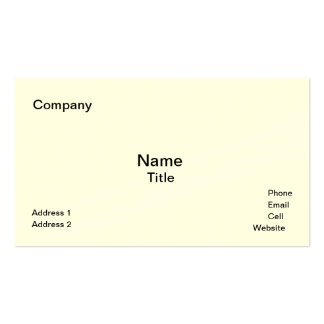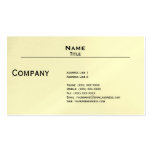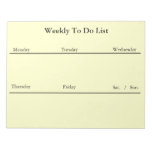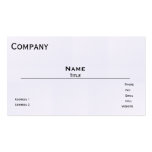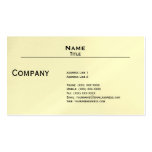Over the past several years, one of the most important contributions
psychology has made to the field of business has been in determining the key
traits of acknowledged leaders. Psychological tests have been used to determine
what characteristics are most commonly noted among successful leaders. This list
of characteristics can be used for developmental purposes to help managers gain
insight and develop their leadership skills.
The increasing rate of change in the business environment is a major factor in this new emphasis on leadership; whereas in the past, managers were expected to maintain the status quo in order to move ahead, new forces in the marketplace have made it necessary to expand this narrow focus. The new leaders of tomorrow are visionary. They are both learners and teachers. Not only do they foresee paradigm changes in society, but they also have a strong sense of ethics and work to build integrity in their organizations.
Raymond Cattell, a pioneer in the field of personality assessment, developed the Leadership Potential equation in 1954. This equation, which was based on a study of military leaders, is used today to determine the traits which characterize an effective leader. The traits of an effective leader include the following:
The increasing rate of change in the business environment is a major factor in this new emphasis on leadership; whereas in the past, managers were expected to maintain the status quo in order to move ahead, new forces in the marketplace have made it necessary to expand this narrow focus. The new leaders of tomorrow are visionary. They are both learners and teachers. Not only do they foresee paradigm changes in society, but they also have a strong sense of ethics and work to build integrity in their organizations.
Raymond Cattell, a pioneer in the field of personality assessment, developed the Leadership Potential equation in 1954. This equation, which was based on a study of military leaders, is used today to determine the traits which characterize an effective leader. The traits of an effective leader include the following:
- Emotional stability: Good leaders must be able to tolerate frustration and stress. Overall, they must be well-adjusted and have the psychological maturity to deal with anything they are required to face.
- Dominance: Leaders are often competitive, decisive and usually enjoy overcoming obstacles. Overall, they are assertive in their thinking style as well as their attitude in dealing with others.
- Enthusiasm: Leaders are usually seen as active, expressive and energetic. They are often very optimistic and open to change. Overall, they are generally quick and alert and tend to be uninhibited.
- Conscientiousness: Leaders are often dominated by a sense of duty and tend to be very exacting in character. They usually have a very high standard of excellence and an inward desire to do their best. They also have a need for order and tend to be very self-disciplined.
- Social boldness: Leaders tend to be spontaneous risk-takers. They are usually socially aggressive and generally thick-skinned. Overall, they are responsive to others and tend to be high in emotional stamina.
- Self-assurance: Self-confidence and resiliency are common traits among leaders. They tend to be free of guilt and have little or no need for approval. They are generally unaffected by prior mistakes or failures.
- Compulsiveness: Leaders are controlled and very precise in their social interactions. Overall, they are very protective of their integrity and reputation and consequently tended to be socially aware and careful, abundant in foresight, and very careful when making decisions or determining specific actions.
- Intuitiveness: Rapid changes in the world today, combined with information overload result in an inability to know everything. In other words, reasoning and logic will not get you through all situations. In fact, more and more leaders are learning the value of using their intuition and trusting their gut when making decisions.
- Empathy: Being able to put yourself in the other person's shoes is a key trait of leaders today. Without empathy, you can't build trust; without trust, you will never be able to get the best effort from your employees.
- Charisma: People usually perceive leaders as larger than life. Charisma plays a large part in this perception. Leaders who have charisma are able to arouse strong emotions in their employees by defining a vision which unites and captivates them. Using this vision, leaders motivate employees to reach toward a future goal by tying the goal to substantial personal rewards and values.







